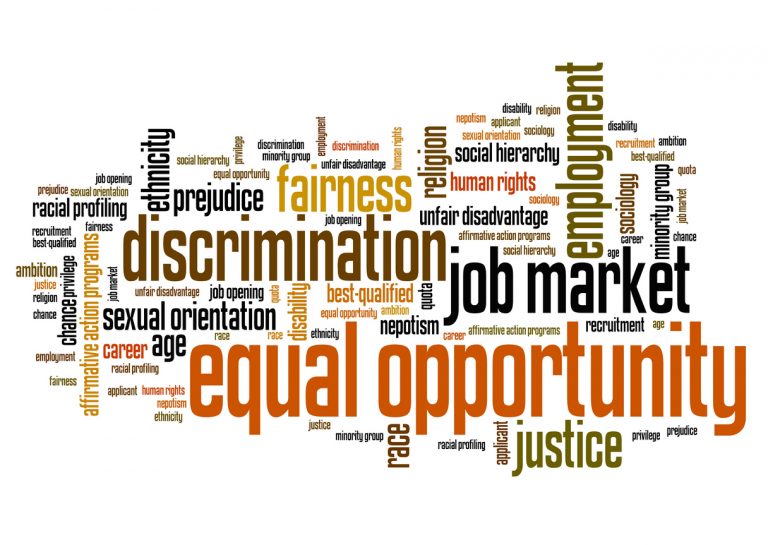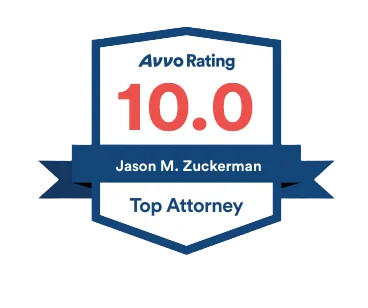Though an isolated incident of discrimination might not suffice to prove a hostile work environment, there are cases holding that a single incident of egregious or severe discrimination can suffice to state a claim of harassment. Recently the Third Circuit Court of Appeals held in Castleberry v. STI Group that the plaintiffs stated a claim of harassment where their supervisor told them “if they had ‘nigger-rigged’ the fence, they would be fired. The court noted:
Indeed, other Circuits have similarly held that an extreme isolated act of discrimination can create a hostile work environment. See, e.g., Boyer-Liberto v. Fontainbleau Corp., 786 F.3d 264, 268 (4th Cir. 2015) (en banc) (“[W]e underscore the Supreme Court’s pronouncement in Faragher . . ., that an isolated incident of harassment, if extremely serious, can create a hostile work environment.”); Rodgers v. Western-Southern Life Ins. Co., 12 F.3d 668, 675 (7th Cir. 1993) (“Perhaps no single act can more quickly alter the conditions of employment and create an abusive working environment than the use of an unambiguously racial epithet such as [the “n-word”] by a supervisor in the presence of his subordinates . . . [that] impacts the work environment [] severely . . . .”) (quotation omitted); Adams v. Austal, U.S.A., LLC, 754 F.3d 1240, 1254 (11th Cir. 2014) (although a racially offensive carving on a workplace wall “was an isolated act, it was severe” enough that a “reasonable jury could find that [plaintiff’s] work environment was objectively hostile”); Ayissi-Etoh v. Fannie Mae, 712 F.3d 572, 577 (D.C. Cir. 2013) (“This single incident [of using the “n-word”] might well have been sufficient to establish a hostile work environment.”).
In addition, the Third Circuit cleared up confusion about whether a harassment claim requires a showing that the discrimination was severe and pervasive:
The correct standard is “severe or pervasive.” The Supreme Court has articulated as much on several occasions. See, e.g., Pa. State Police v. Suders, 542 U.S. 129, 133 (2004); Harris v. Forklift Sys., Inc., 510 U.S. 17, 22 (1993). We have noted that “[t]he difference [between the two standards] is meaningful” because “isolated incidents (unless extremely serious) will not amount to [harassment].” Jensen, 435 F.3d at 449 n.3 (quoting Faragher v. City of Boca Raton, 524 U.S. 775, 788 (1998)). Indeed, the distinction “means that ‘severity’ and ‘pervasiveness’ are alternative possibilities: some harassment may be severe enough to contaminate an environment even if not pervasive; other, less objectionable, conduct will contaminate the workplace only if it is pervasive.” Id. (quoting 2 Charles A. Sullivan, Michael J. Zimmer & Rebecca Hanner White, Employment Discrimination Law and Practice 455 (3d ed. 2002)). Whether an environment is hostile requires looking at the totality of the circumstances, including: “the frequency of the discriminatory conduct; its severity; whether it is physically threatening or humiliating, or a mere offensive utterance; and whether it unreasonably interferes with an employee’s work performance.” Harris, 510 U.S. at 23.
If you have suffered unlawful discrimination, contact us by clicking here or calling us at 202-262-8959.
SexualHarassment_Infographic_draft







